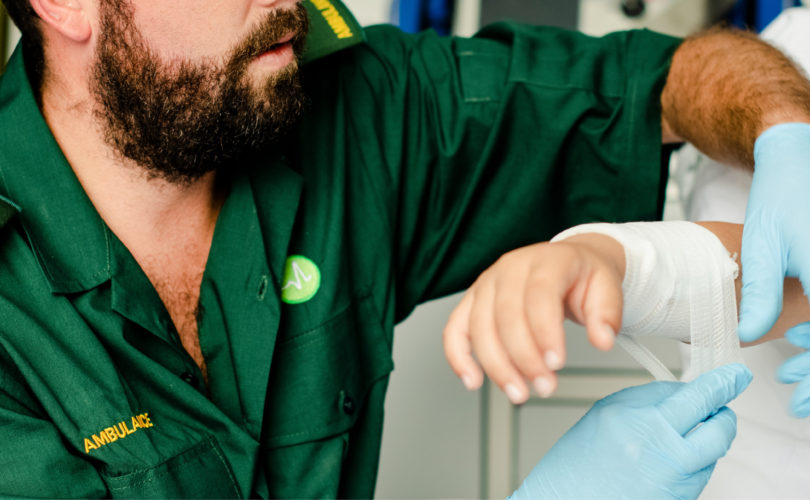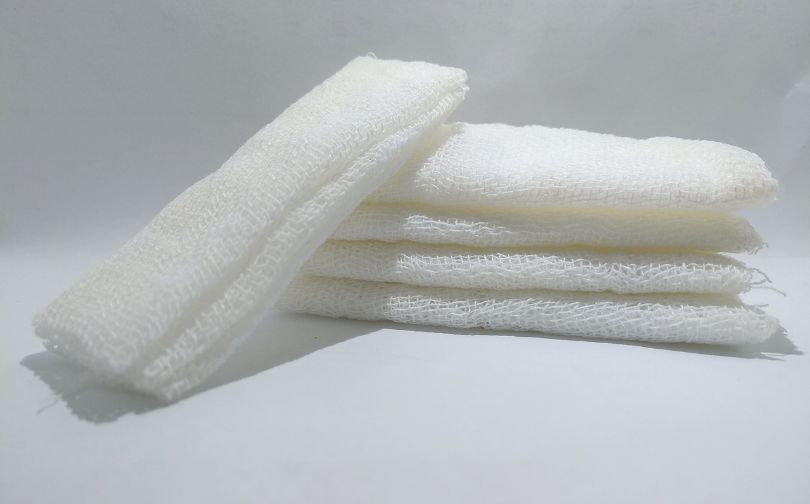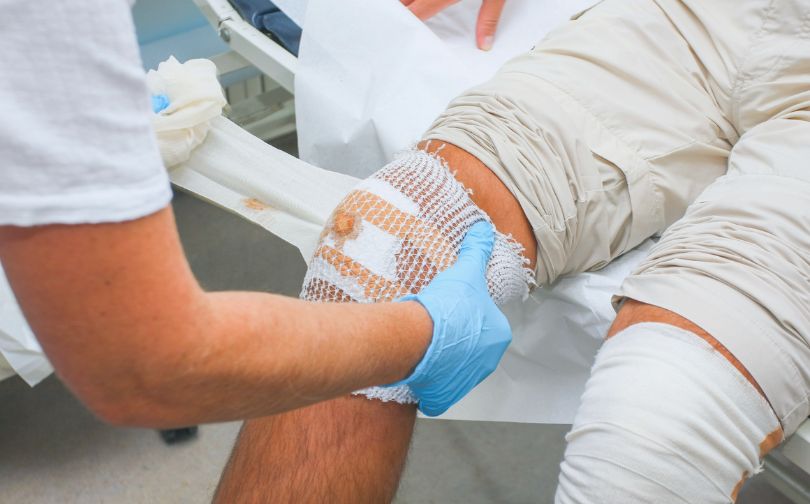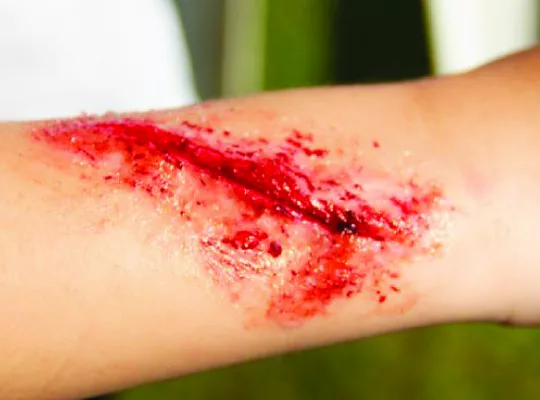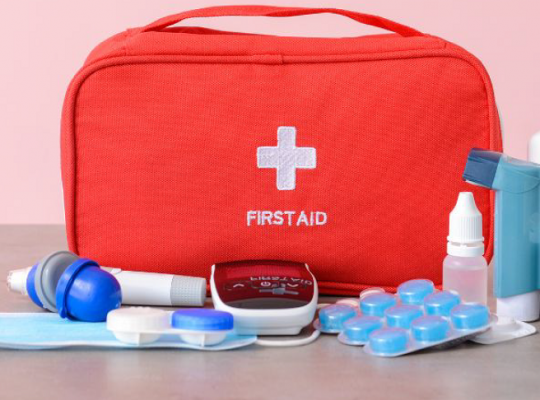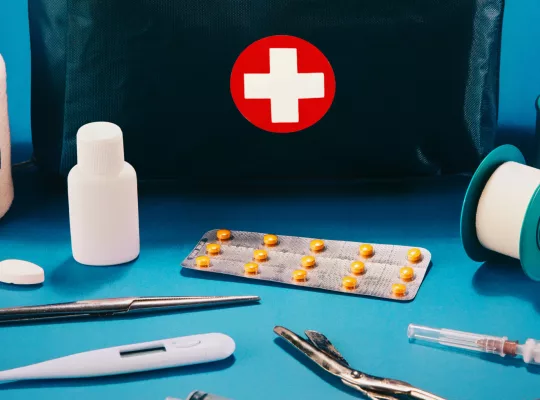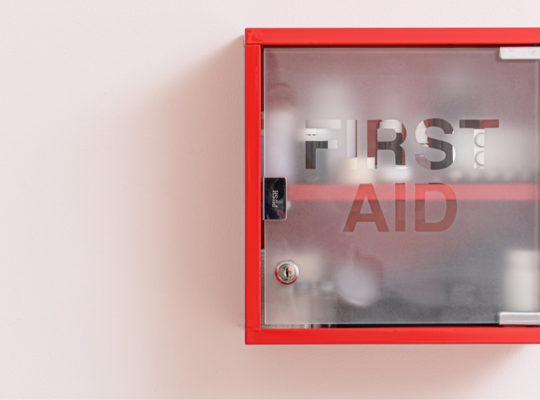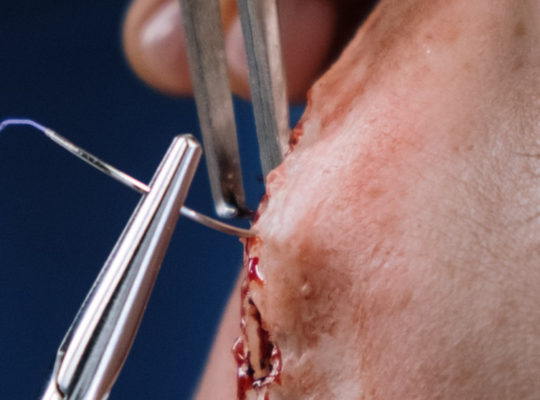When shopping for first aid supplies, you have likely come across both gauze pads and gauze rolls. The two have different applications despite being made from the same material.
When it comes to wound care, choosing between gauze pads and gauze rolls can be confusing. Both options serve a similar purpose, but each has its own advantages depending on the type of injury you’re dealing with. If you’ve ever found yourself unsure about which one to pick, you’re not alone.
One common frustration is deciding which option will provide the right level of coverage and protection. Gauze pads offer a quick solution for smaller wounds, while gauze rolls allow for more flexibility with larger or awkwardly shaped injuries.
Did you know that gauze rolls are often preferred for burns or injuries covering a large area? In this guide, we’ll break down the key differences, helping you decide which option is best for your specific needs. Let’s clear up the confusion once and for all.
What Is Gauze?
Gauze is a lightweight, breathable fabric characterized by its loose, open weave, commonly made from materials like cotton, rayon, or synthetic fibers. It is widely used in medical settings for wound care, acting as an absorbent dressing. Gauze helps protect wounds, absorb exudate, and promote airflow, which supports the healing process. Its flexibility makes it ideal for covering various wound types, from minor cuts to surgical sites. Additionally, gauze can be layered or folded to increase absorption as needed, and it is often used in combination with antiseptic creams or ointments to prevent infection.
Now let’s take a look on difference between gauze pads and rolls.
Bandage vs Dressing
The main difference between gauze rolls and pads are that rolls are bandages and pads are dressings.
A bandage is a piece of fabric used to bind a wound or injury, and hold dressings in place.
A dressing is a sterile pad or compress used to cover and protect a wound while promoting healing.
Something to note is that gauze rolls can be used as dressings and bandages, but gauze pads can only be dressings.
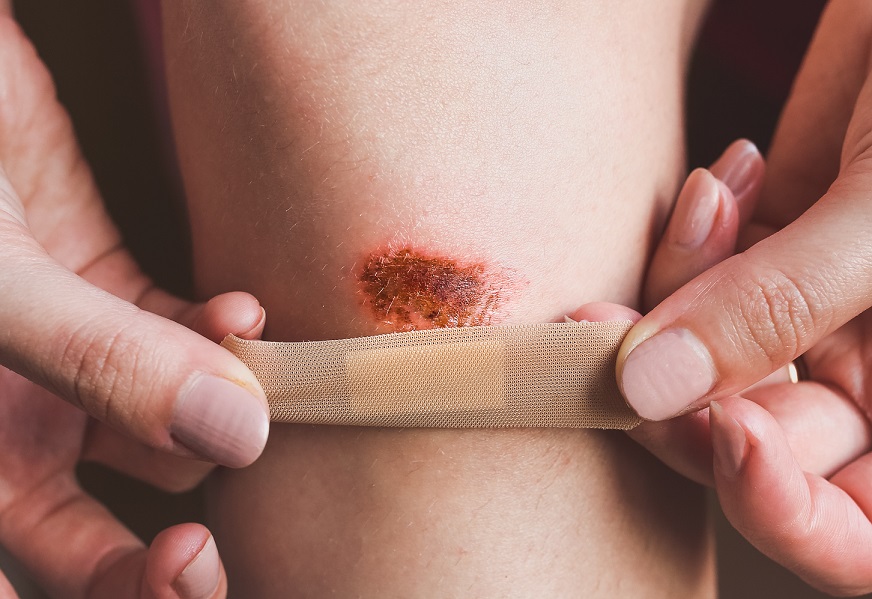
Gauze Rolls
Gauze rolls are extremely versatile first aid tools. They are generally designed to be less absorbent but cover larger areas. They are great for covering closed wounds and burns because they are non-adhesive and provide cushioning.
Despite not being designed for high absorbency, gauze rolls can be used to pack large wounds to slow bleeding and prevent blood from pooling inside the wound. Gauze rolls are also very efficient at securing dressings to the wound. Placing a gauze pad on the wound, wrapping it with a bandage, and then taping the roll will keep the pad in place.
Gauze Pads
Gauze pads are made of multiple sheets of gauze layered on top of each other to increase absorbency and liquid retention. They also create a barrier around the wound to prevent infection. Gauze pads are great for medium to highly bleeding wounds. Since they are non-adhesive, they require something else to keep it in contact with the wound, but has the advantage of not irritating the wound.
How to Treat a Wound with Gauze Pads/Rolls?
First, assess the wound: how large and deep is it? How heavily is it bleeding? If the wound is small, wash it with soap and water. For large or deep wounds, only rinse the wound if there is dirt or other material inside. Large wounds can be cleaned by rubbing the surrounding area with a cloth soaked with rubbing alcohol. Use a gauze product and a bandage to cover the wound and keep pressure on it to slow bleeding. For large wounds, consult a medical professional to see if you need stitches. For minor wounds, try to keep the wound clean, change the covering every 1-2 days, and apply antibiotic ointments as directed to prevent infection.
Gauze pads and rolls are very helpful for keeping burns covered and protected. The soft cotton blend will provide comfort and keep the affected area clean. For first degree burns, run the affected area under cool water until the pain starts to go away, then apply some burn cream and cover. For second- and third-degree burns, just cover them and seek medical help.
Conclusion
Gauze pads and Gauze rolls both serve essential roles in wound care, but their uses differ based on the type and severity of the injury. Gauze pads are ideal for small to medium wounds with heavier bleeding due to their absorbent properties, while gauze rolls offer flexibility and coverage for larger areas or awkwardly shaped wounds.
Gauze rolls are especially helpful for burns or larger injuries, providing a non-adhesive, cushioning layer. On the other hand, gauze pads are better suited for direct wound coverage, creating a protective barrier to prevent infection.
Understanding the differences between these two types of gauze will help you make the right choice for effective wound care and faster healing.
FAQs
When should I use a gauze pad instead of a gauze roll?
Gauze pads are best for direct application on wounds that need sterile, absorbent protection, like cuts, scrapes, or post-surgical sites. They effectively soak up fluids and reduce the risk of infection, making them ideal for smaller, isolated areas.
What are the advantages of using gauze rolls?
Gauze rolls offer flexibility, allowing easy wrapping around limbs or joints. They’re ideal for covering larger wounds, securing dressings in place, or cushioning injuries. Non-adhesive and breathable, gauze rolls can conform to any area without sticking, providing consistent support.
Can gauze rolls be used as dressings?
Yes, gauze rolls can act as dressings, especially for larger wounds requiring more extensive coverage. They can be used to pack deeper wounds to absorb blood and prevent infection, offering a flexible and customizable option for various injuries.
Are gauze pads more absorbent than gauze rolls?
Typically, gauze pads are more absorbent due to their multi-layered structure, designed to handle significant fluid retention. While gauze rolls are excellent for wrapping, pads are better suited for direct contact with wounds that require high absorption.

